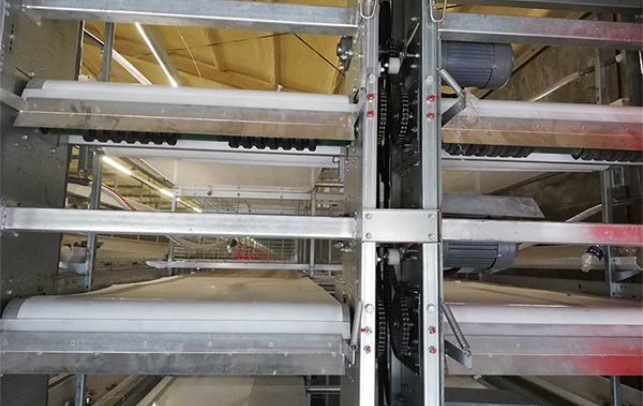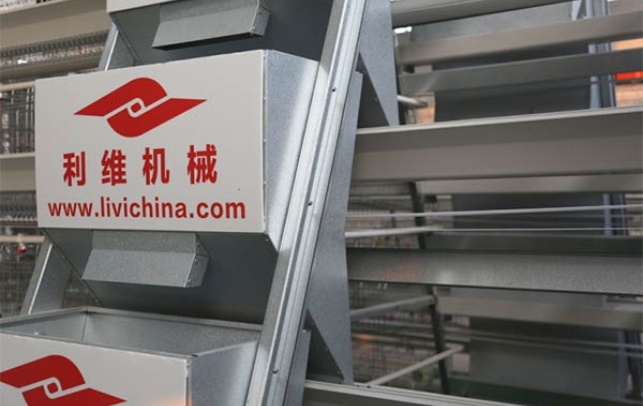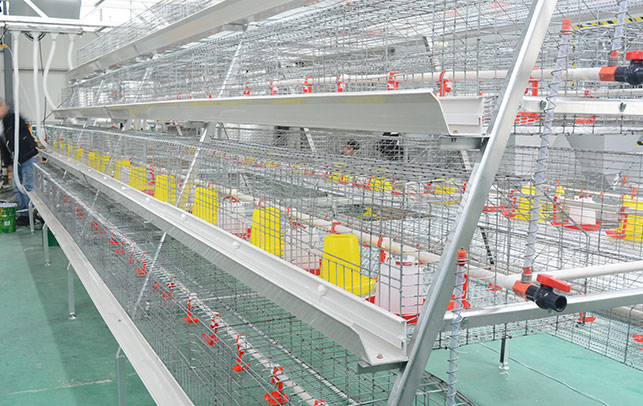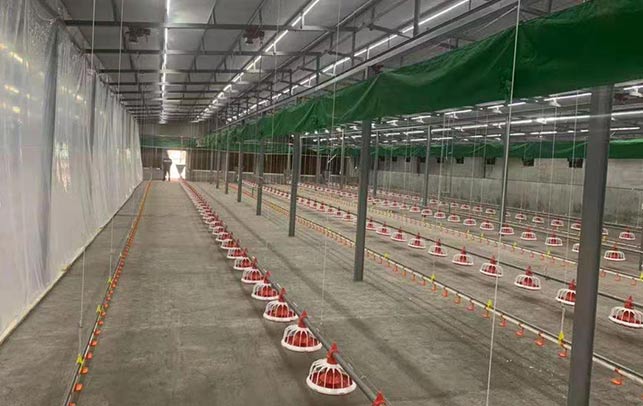Optimizing Your 10,000 Bird Poultry Farming Equipment: A Comprehensive Guide
Time : 2025-03-26
Running a successful poultry farming business, especially one that houses up to 10,000 birds, requires the right equipment and strategies. In this article, we delve into the essential equipment needed for a thriving poultry farming operation, ensuring that your birds are healthy, productive, and that your business remains profitable. We will explore the full range of equipment from housing and feeding systems to health management tools, all tailored for a 10,000 bird poultry farm.
Introduction to Poultry Farming Equipment
Poultry farming equipment is crucial for the efficient operation of any poultry farm. The right equipment can significantly impact the health, growth, and productivity of your birds. When managing a large-scale operation like a 10,000 bird poultry farm, it’s essential to invest in high-quality, durable, and reliable equipment.
1. Housing Systems
The first step in setting up your poultry farm is choosing the right housing system. There are various options available, including free-range, barn, and cage systems. Each has its advantages and disadvantages, and the choice depends on your specific needs and the type of birds you are raising.
- Free-Range Systems: This system allows birds to roam freely in a controlled environment. It is beneficial for the birds’ health and welfare but requires more space and careful management to prevent predators and diseases.
- Barn Systems: Barns are enclosed structures that protect birds from harsh weather conditions. They are suitable for large-scale farming and can be equipped with various amenities like heating, cooling, and ventilation systems.
- Cage Systems: This system involves raising birds in individual cages. It is cost-effective and easier to manage but may not be as conducive to the birds’ overall health and well-being.
2. Feeding Systems
Feeding is a critical aspect of poultry farming. An efficient feeding system ensures that your birds receive the right amount of nutrition at the right time. Here are some key components of a feeding system for a 10,000 bird poultry farm:
- Feeders: Choose feeders that are easy to clean, durable, and can hold a sufficient amount of feed. There are various types of feeders available, such as hopper feeders, chain feeders, and nipple feeders.
- Waterers: Provide clean, fresh water to your birds at all times. Automatic waterers are ideal for large-scale operations, as they ensure constant water supply and reduce labor costs.
- Feeding Schedule: Develop a feeding schedule that takes into account the birds’ age, growth stage, and nutritional needs. Regular monitoring and adjustments to the feeding program can improve production and reduce feed waste.
3. Health Management Tools
Preventing and managing diseases is crucial for the success of a poultry farm. Here are some health management tools that can help you maintain a healthy flock:
- Sanitation Equipment: Use disinfectants and sanitizing equipment to clean and disinfect the housing, equipment, and areas where the birds live and lay eggs.
- Health Monitoring: Regularly monitor your birds for signs of illness, such as changes in behavior, weight loss, or respiratory problems. Early detection can help prevent the spread of diseases.
- Vaccination Programs: Implement a vaccination program to protect your birds against common diseases. Consult with a veterinarian to develop a customized vaccination schedule.
4. Environmental Control Systems
Creating an optimal environment for your birds is essential for their growth and productivity. Here are some environmental control systems that can help you manage the climate and conditions in your poultry farm:
- Heating and Cooling Systems: Install heating and cooling systems to maintain a comfortable temperature for your birds, especially during extreme weather conditions.
- Ventilation Systems: Ensure that your farm has adequate ventilation to provide fresh air and remove ammonia and other harmful gases.
- Lighting Systems: Use lighting systems to simulate natural daylight, which can improve egg production and overall bird health.
5. Record Keeping and Data Analysis
Keeping detailed records and analyzing data can help you make informed decisions and improve your poultry farming operation. Consider the following:
- Record Keeping: Keep track of important information such as bird populations, feed consumption, production levels, and disease outbreaks.
- Data Analysis: Use data analysis tools to identify trends, make predictions, and optimize your farming practices.
Conclusion
Equipping your 10,000 bird poultry farm with the right tools and systems is essential for a successful operation. By focusing on housing, feeding, health management, environmental control, and data analysis, you can create a thriving poultry farm that produces high-quality products and remains profitable.











